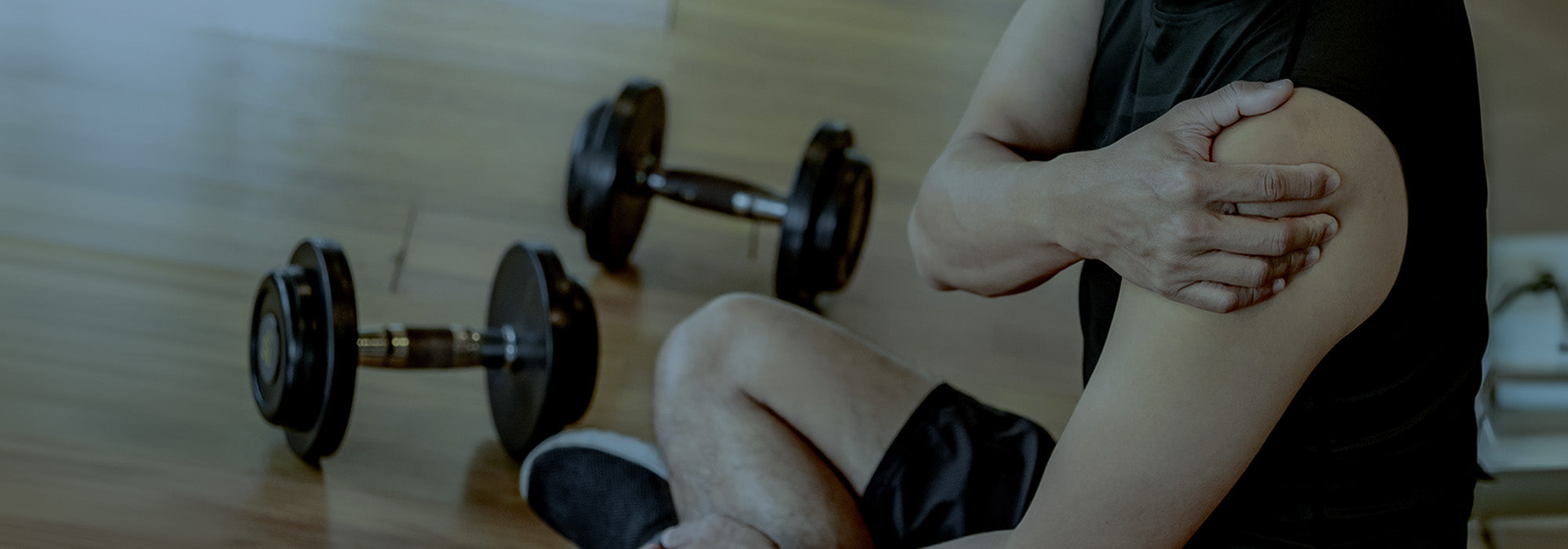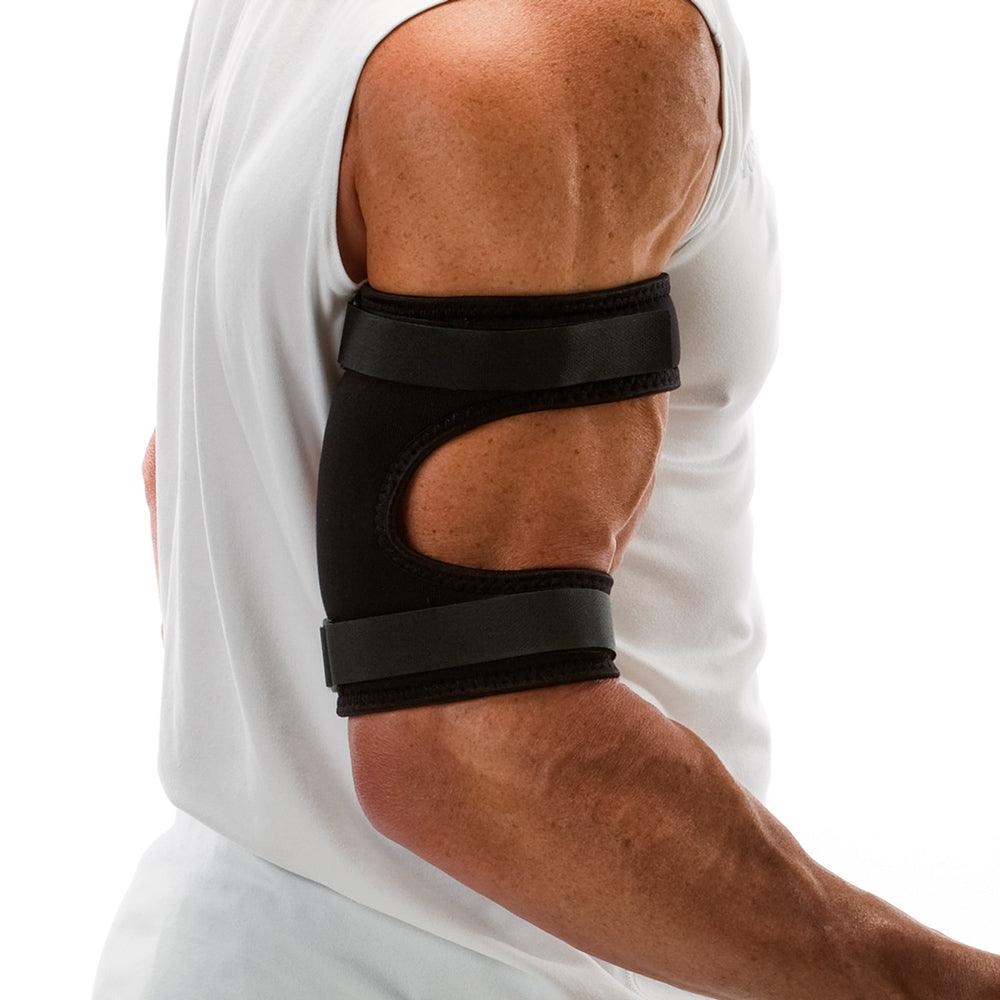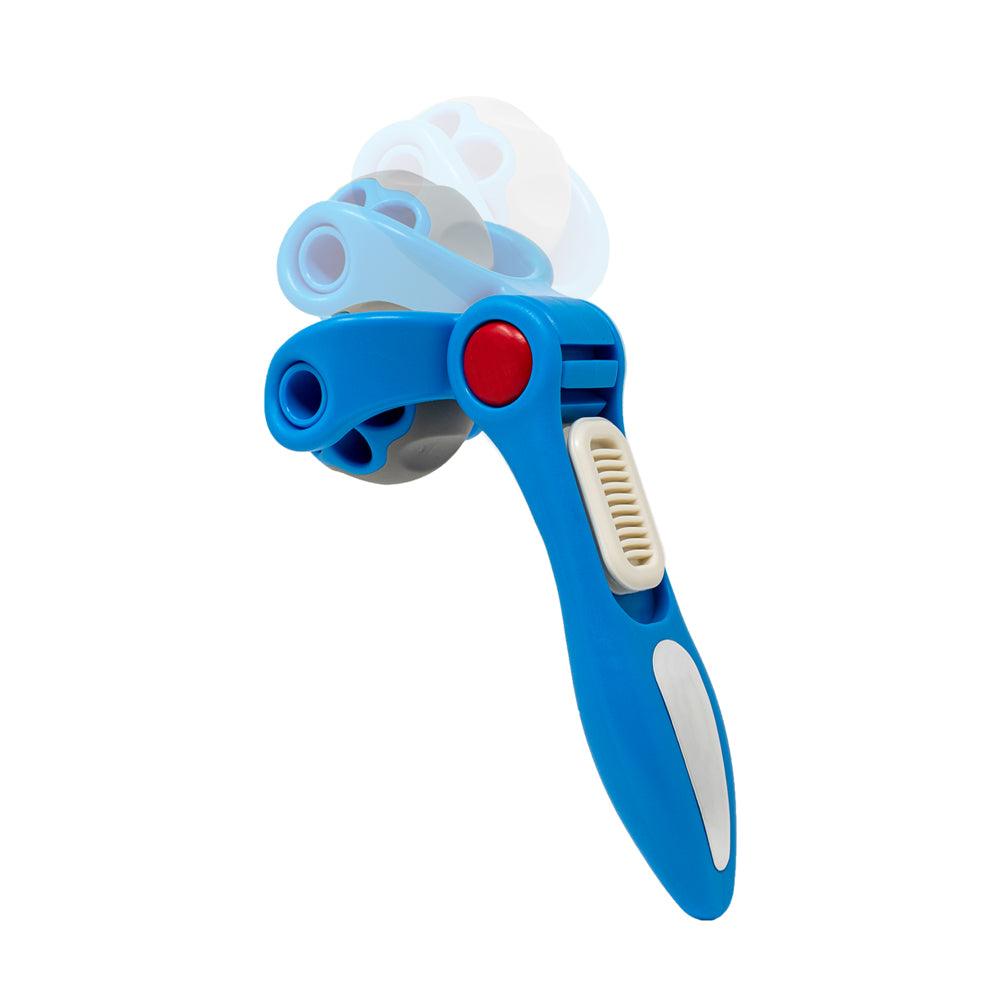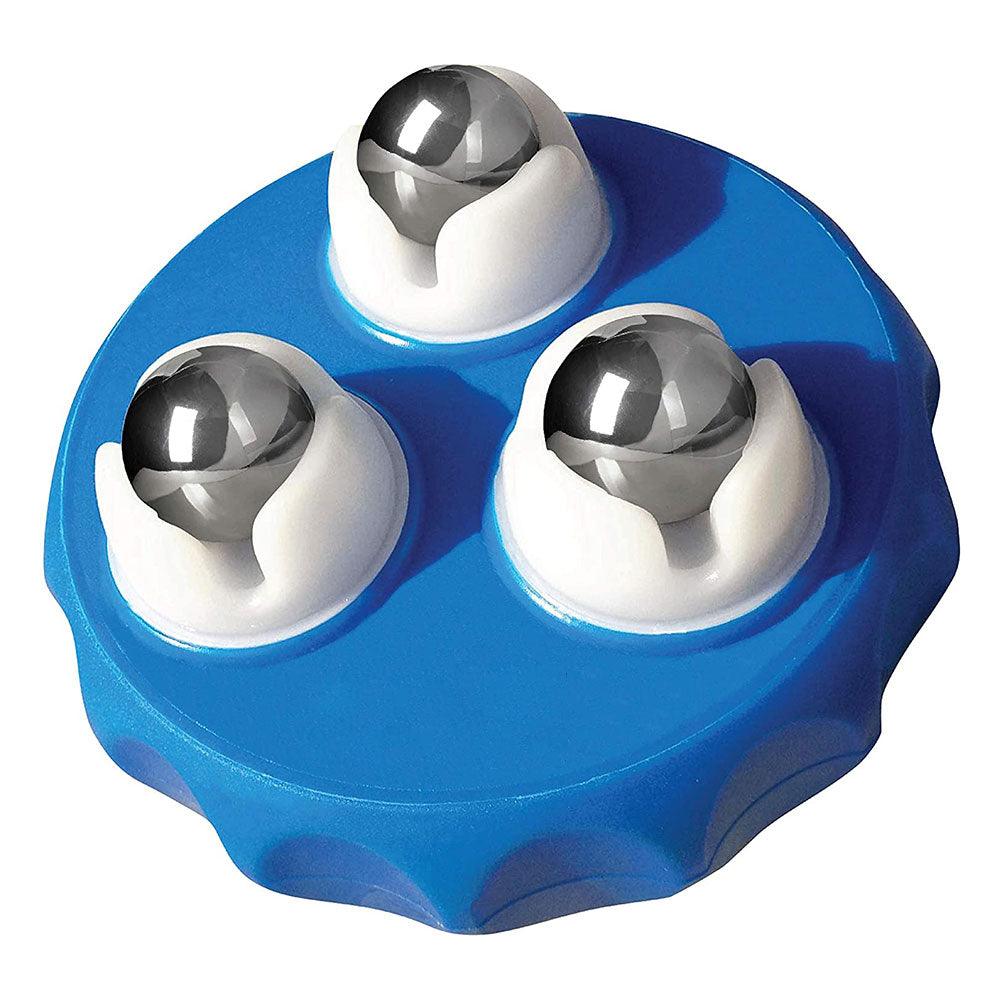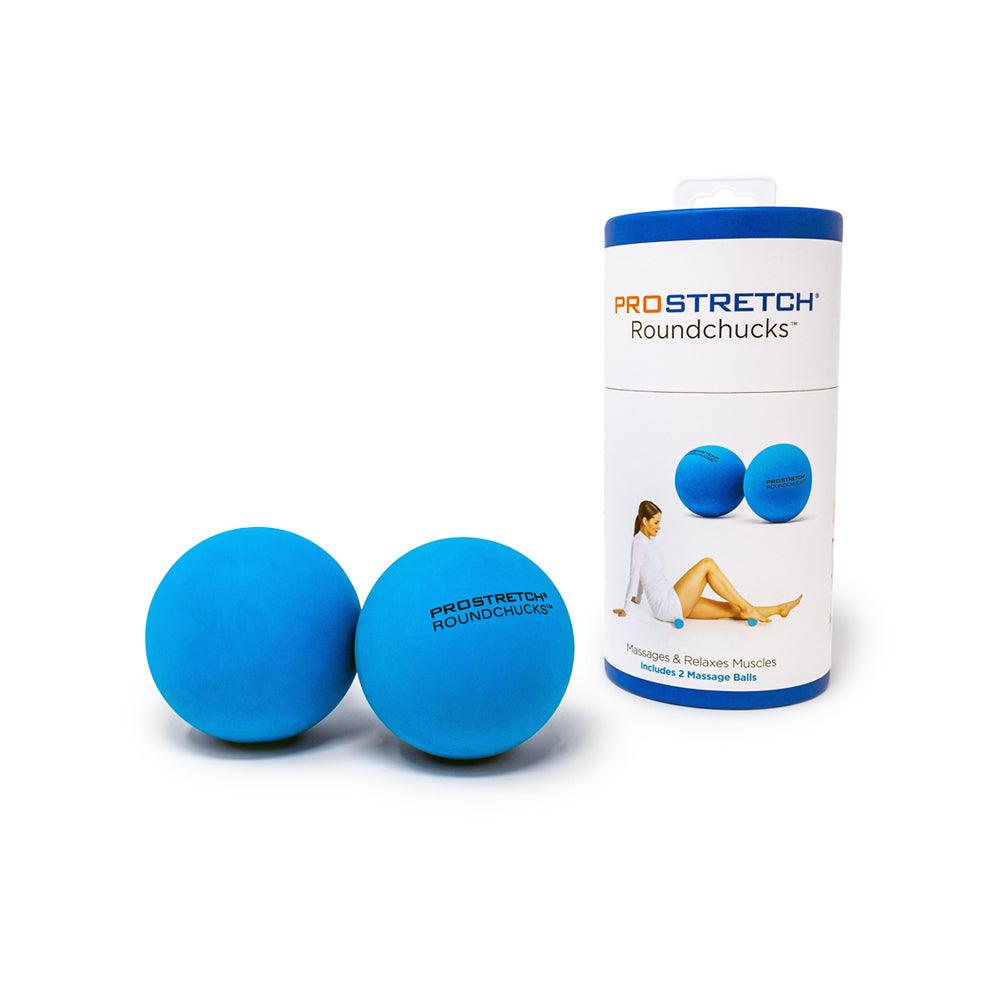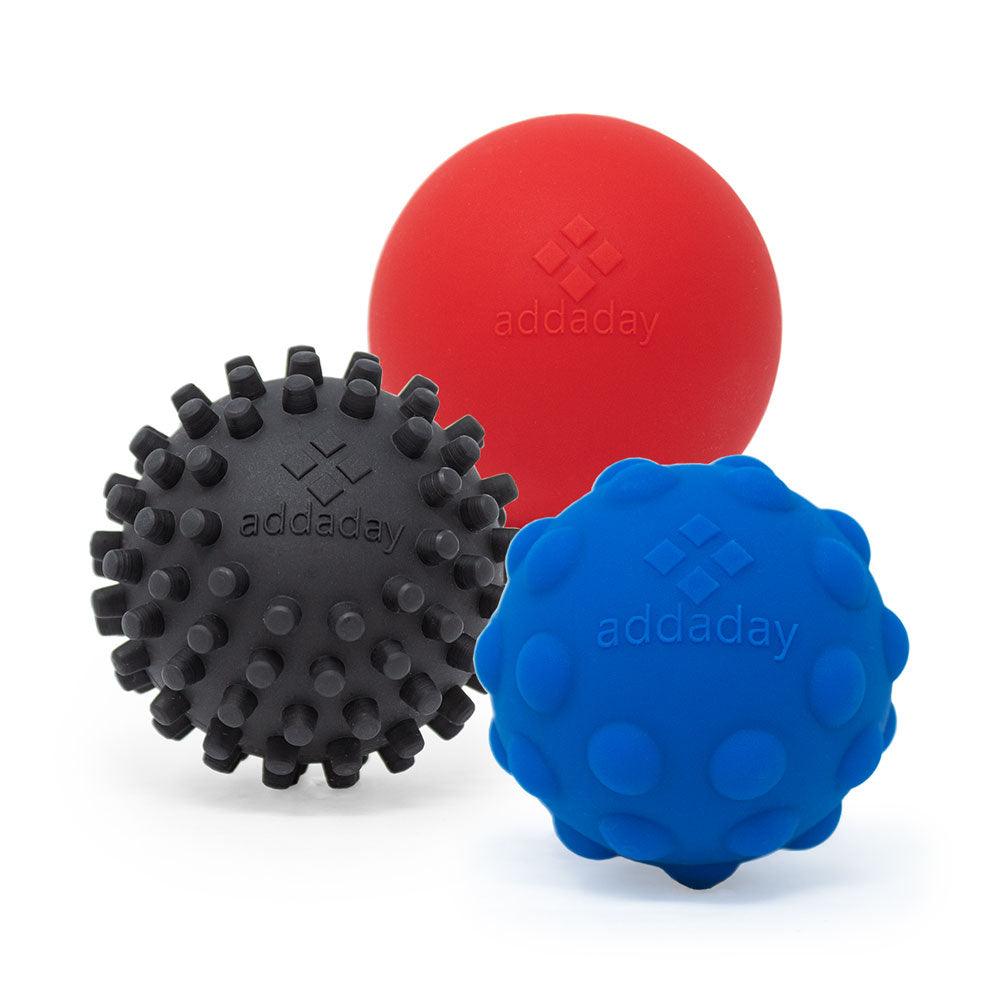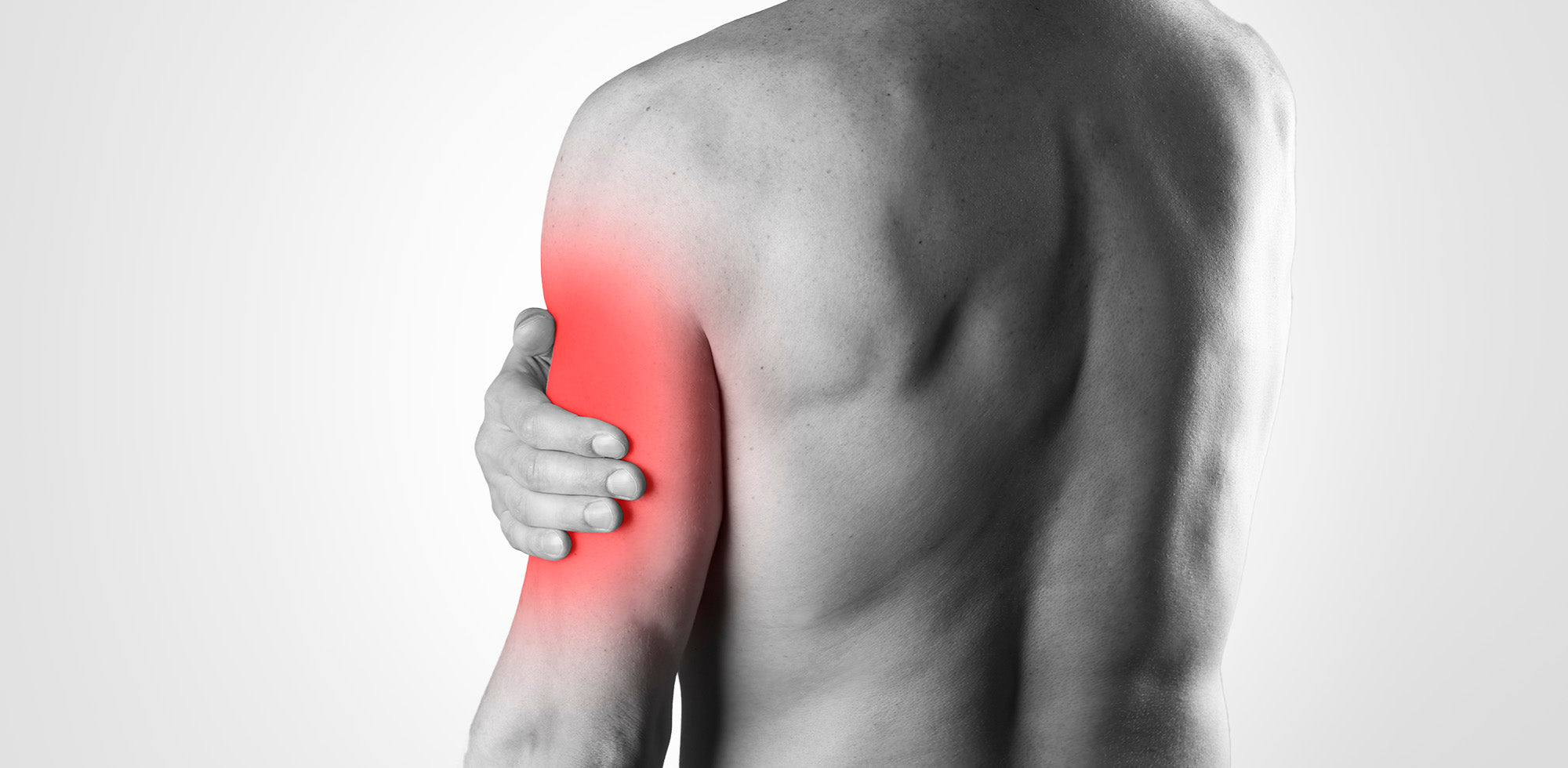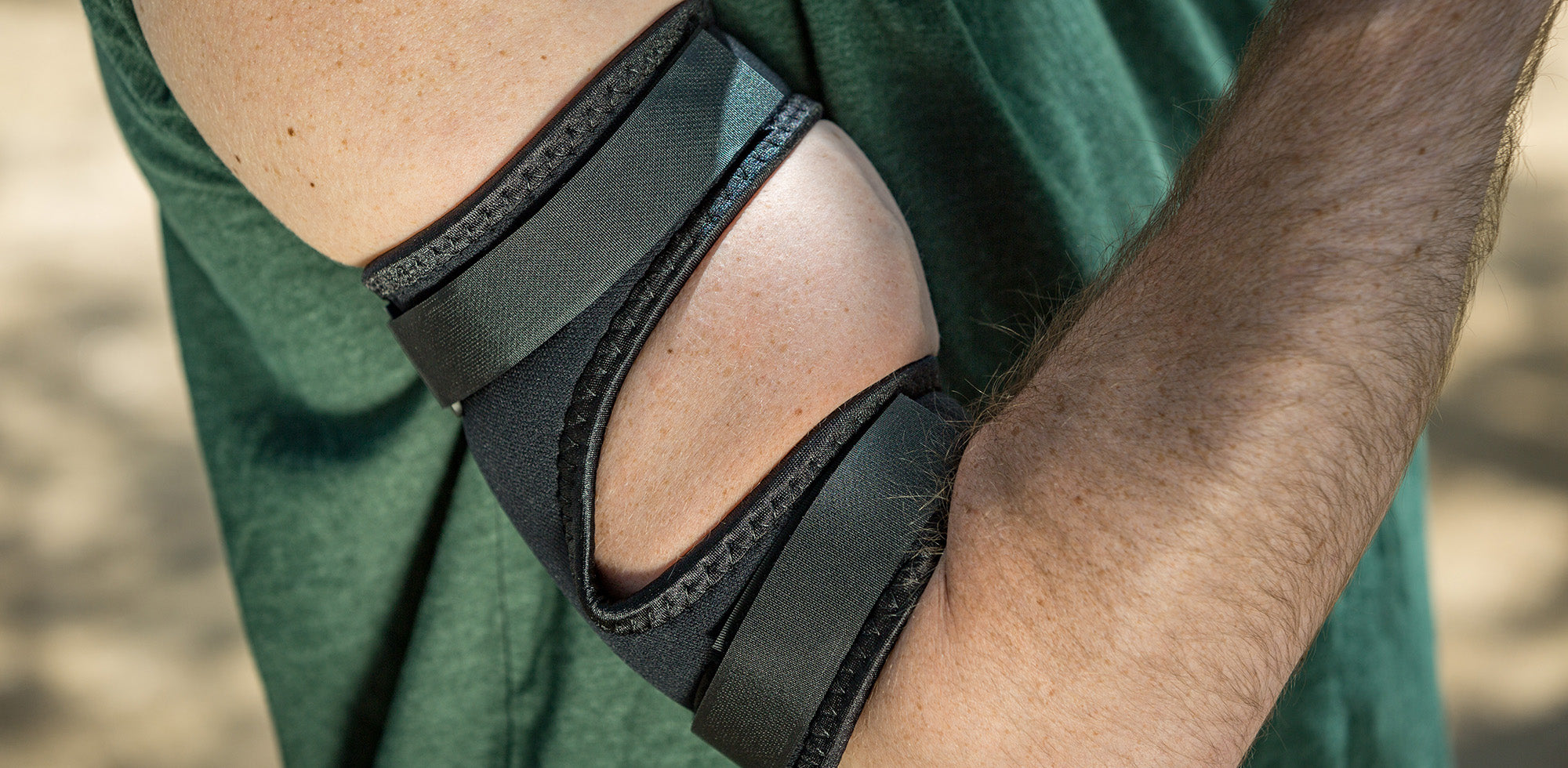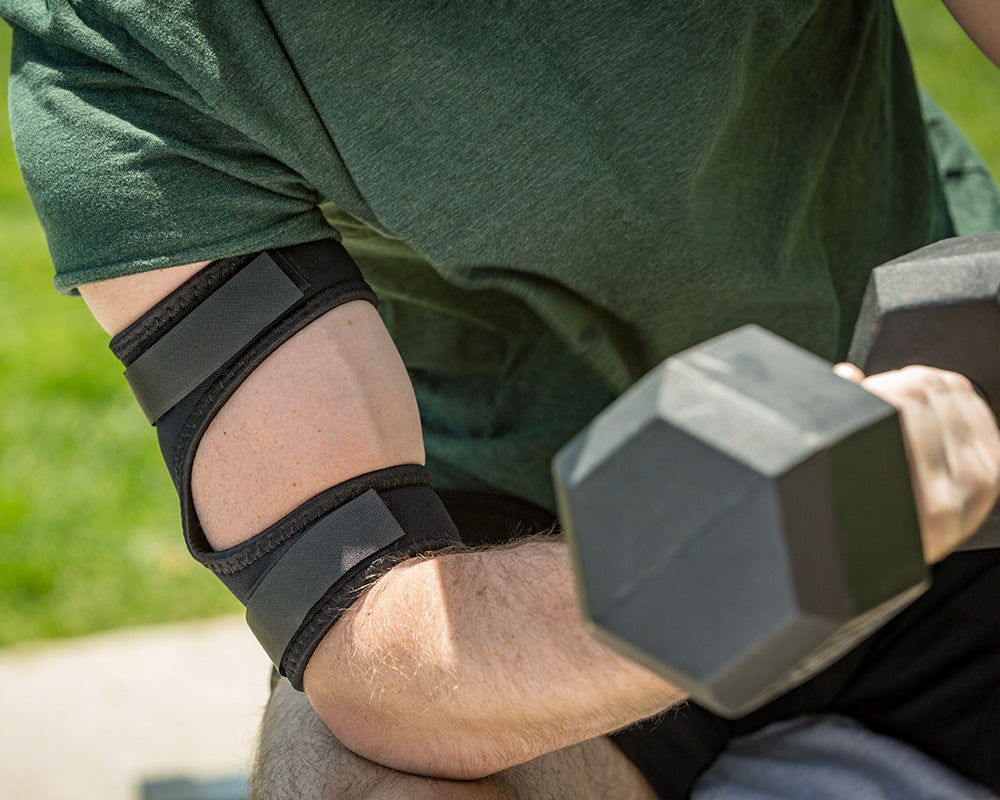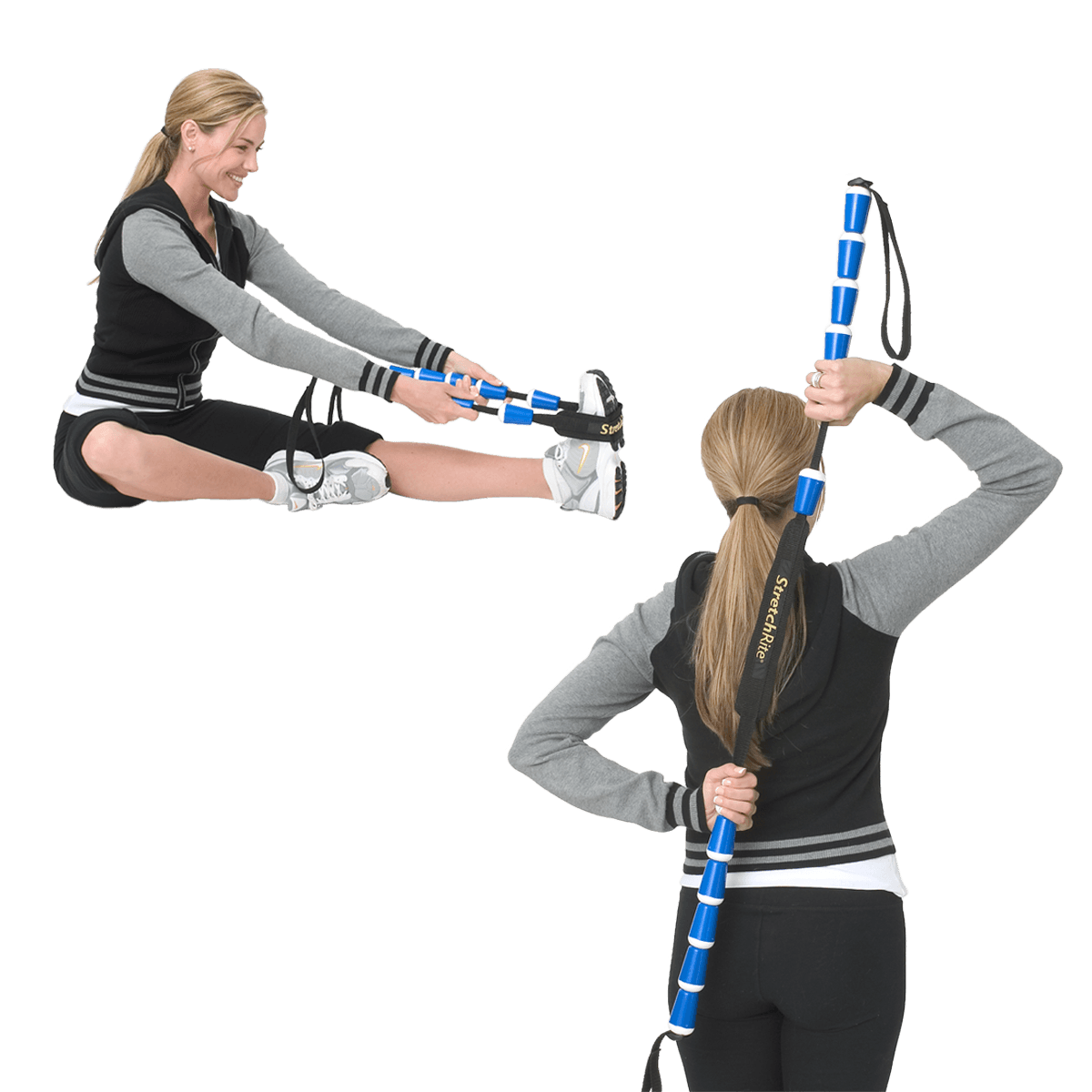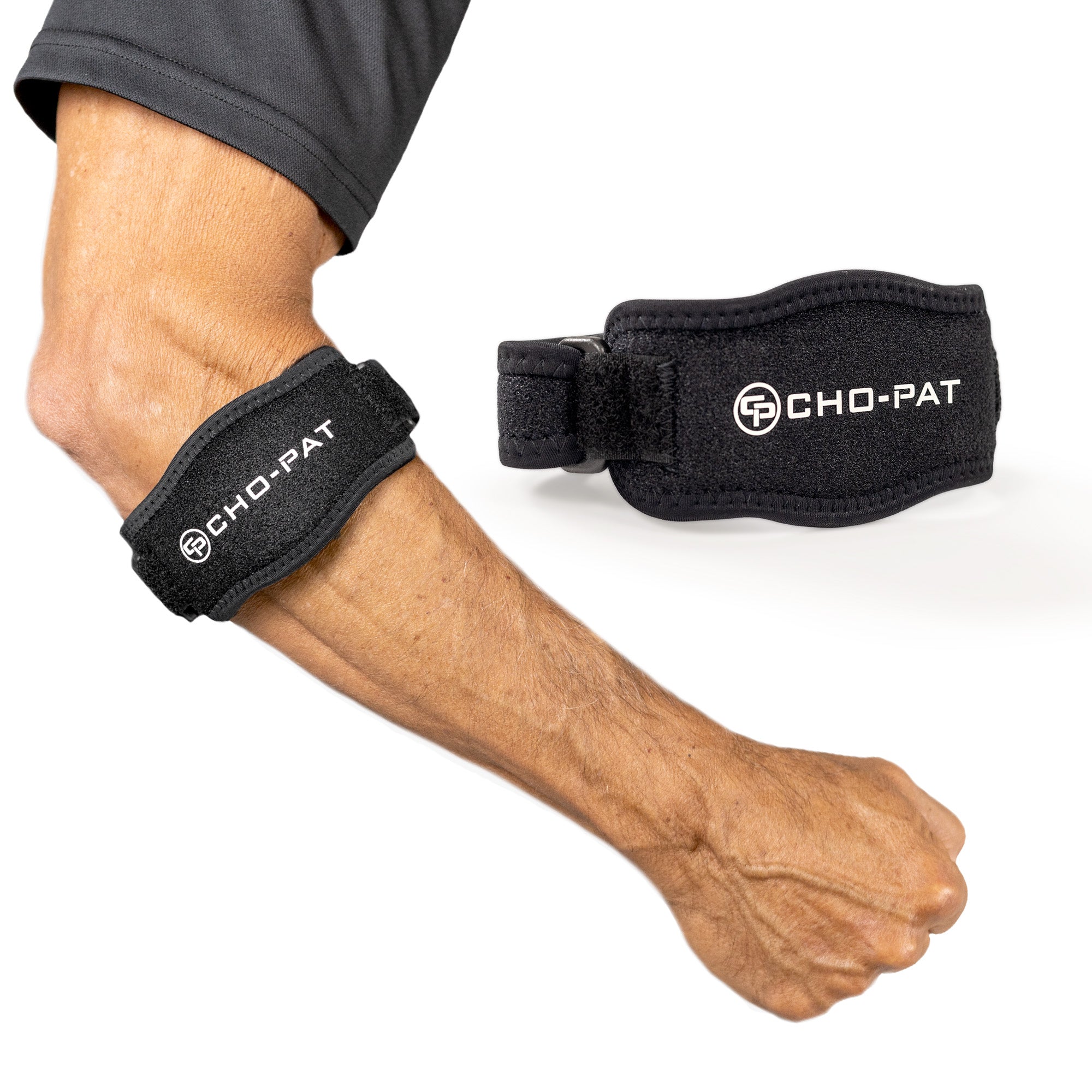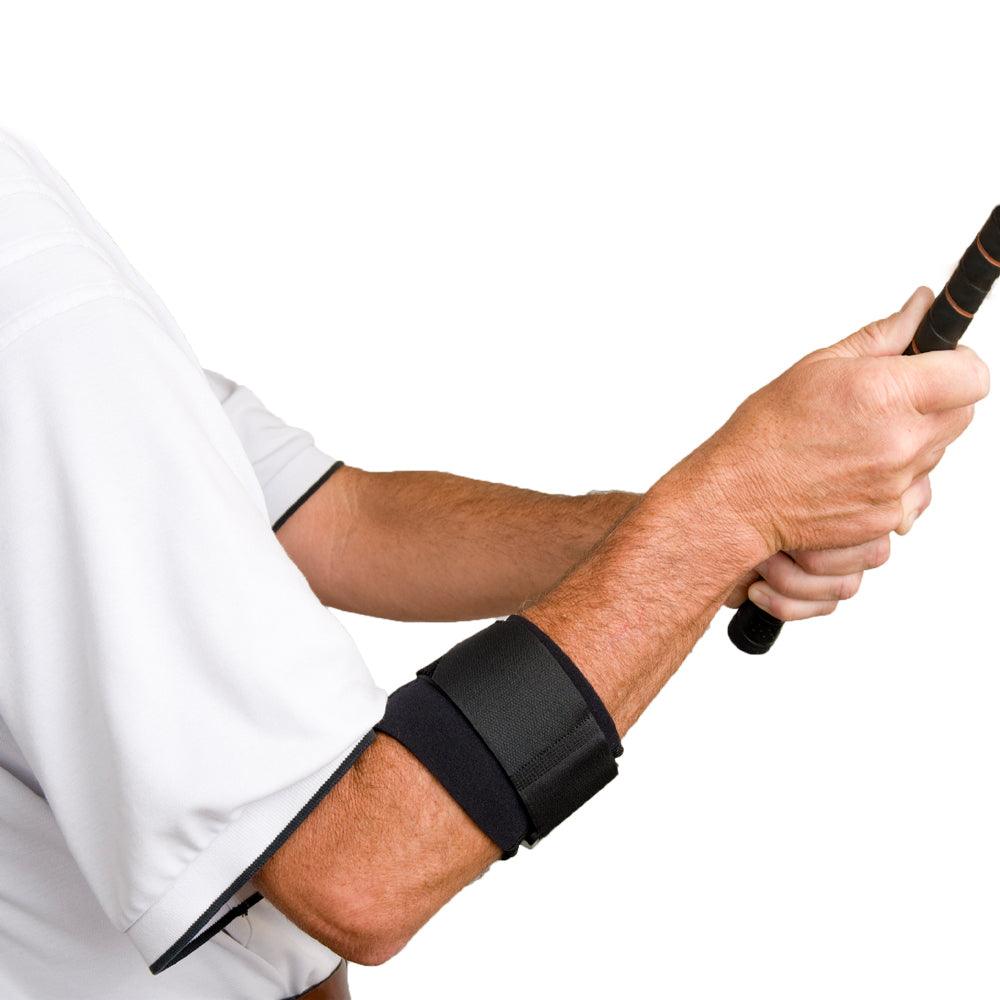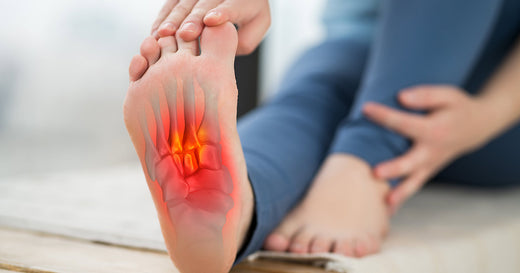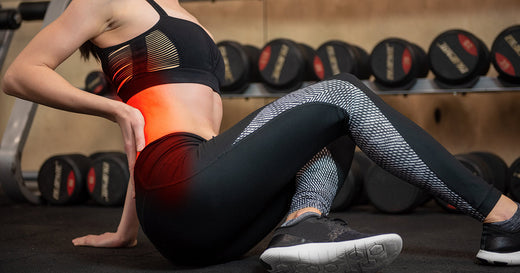Bicep and Triceps pain often occurs and is centered around the tendons that connect the muscles to the elbow and the shoulder. Most often this pain is tendonitis but could also result in tears caused by repetitive motion, overuse or by a sudden strain on the muscle and tendon.
Causes
Bicep/Triceps Tendonitis Causes
Any person can be afflicted with bicep/triceps muscle pain, but most of the people affected by it tend to be over the age of 40. This is because our tendons are less able to tolerate stress as we age. Tendons are less elastic, and it is easier to tear them.
Tendons attach the muscle to your bones, and they allow you to move your body parts. Sometimes, they become inflamed or irritated, and this leads to tenderness and pain near the joint. This condition can be the result of an injury, but in most cases, it is caused by repetitive motions.
As people perform repetitive motions in their jobs or their hobbies over several years, bicep/triceps tendonitis tends to develop. Tendonitis often occurs because people are performing repetitive actions improperly. Not performing movements properly can overload your tendons, and tendonitis is the result.
Age is another reason that tendonitis may develop. As you get older, your tendons become less flexible, so it is easier to injure them and develop tendonitis. Some jobs also lead to tendonitis, including those that require forceful exertion, vibration, reaching overhead frequently, awkward positions and repetitive motions. Some sports can cause tendonitis because of repetitive motions, and they include tennis, swimming, running, golf, bowling, basketball and baseball.
If you have an abnormal bone or joint, it may place stress on your soft structures, and this has been known to cause tendonitis. Reactions to medications, thyroid disorders, psoriatic arthritis, gout and rheumatoid arthritis can cause stresses that lead to tendonitis.
Many other things can cause tendonitis, and they include the following:
- Throwing and pitching
- Scrubbing
- Painting
- Shoveling
- Cleaning the house
- Carpentry
- Raking
- Gardening
Symptoms
Bicep/Triceps Tendonitis Symptoms
You may experience symptoms at the point where the tendon attaches to the bone, so it can appear anywhere in the body. It causes the following symptoms:
- Mild swelling
- Pain that occurs when you are moving the limb or the joint that is affected
- Stiffness that contributes to your inability to move the limb
Tendinopathy
Tendinopathy occurs when the collagen in your tendons begins to break down. This condition causes pain, but it also reduces your range of motion and your flexibility.
The Difference between Tendinopathy and Tendonitis
Tendinopathy and tendonitis are similar conditions, but they are not the same. With tendinopathy, the collagen protein that makes up the tendons becomes degenerated, but tendonitis occurs when your tendons are inflamed. Experts believe that tendinopathy is a more common condition than tendonitis.
Tendonitis
Tendonitis is short-term inflammation of the tendons, but tendinosis is the chronic version of this condition. When you enter the chronic stage of this illness, the normal tendon cells are being replaced by degenerative cells.
The Biceps Muscle
The biceps muscle is located on the front of the upper arm. Tendons connect the biceps muscle to the shoulder joint in two separate places. The proximal biceps tendons attach the biceps muscle to the forearm.
The Triceps Muscle
The triceps brachii is located on the back of the upper portion of the arm, and it allows you to extend your elbow joint. Like the biceps muscle, it is easy to injure the triceps muscle. Tendonitis can develop at the elbow because it is susceptible to overuse and repetitive motions.
Treatments
Bicep/Triceps Tendonitis Treatments
We recommend the Cho-Pat Bicep/Triceps Strap for your bicep/triceps muscle pain. When you wear this strap, it will support the tendon in your biceps area. This strap even reduces the pain and relieves the inflammation by absorbing and dispersing the forces that cause it. It also absorbs and distributes the stress and stabilizes the tendons and the muscles.

Cho-Pat® Bicep/Triceps Strap
★★★★★
The Cho-Pat Bicep/Triceps Strap focuses on both the biceps and the triceps areas. By applying dynamic circumference pressure to the biceps muscle and the triceps muscle, the apparatus causes the stress to spread out.
It also diffuses the direct pull on these muscles so that you are less likely to develop bicipital and tricipital tendonitis. If you are experiencing bicep/triceps muscle pain right now due to bicipital or tricipital tendonitis, the strap will help relieve this discomfort as well.
How to Prevent Bicep/Triceps Tendonitis?
You can prevent bicep/triceps tendonitis by stretching your muscles before you begin exercising. This is known as a “warm up.” It is also a good idea to perform exercises after your workout is over to “cool down.” It is advisable to warm up for five minutes before you exercise for 30 minutes. For example, if you are going to spend one hour on the treadmill, it is a good idea to warm up for 10 minutes.
You can prevent overuse of a joint by resting, but before you start, make sure that you are wearing the appropriate shoes. Plan not to exercise too hard in the beginning. It is best to gradually increase your intensity because increasing the intensity too quickly can cause you to experience overuse tendinopathy.
You can do several other things to prevent tendonitis, including the following:
- Strengthen the muscles you will need to play your sport. By strengthening your muscles first, your body will be able to tolerate the stress you will be placing on it by performing the sport.
- Make sure that you are using the proper work ergonomics. You may be able to get an ergonomic assessment for your workspace. Then, you will be able to adjust your chair, desktop and keyboard according to your height and the length of your arms so that your tendons and joints will not receive an excessive amount of stress.
- After each exercise session, remember to stretch your muscles and joints. This will increase your joints’ range of motion so that you will be less likely to receive a repetitive injury. After your muscles have been warmed up, this is the best time to stretch.
- Always strive to improve your technique. If you are not performing your activities in the best fashion, it is very likely that you could develop tendonitis. If you are going to begin a new sport, think about getting a coach first. You may want to lift weights on your own, but the best thing to do is get a personal trainer so that you can start doing the exercises right from the beginning.
- Be willing to try new things. One exercise may be problematic for you because it is causing you persistent pain. If this is the case, the better option is to try something else. For example, you may want to switch up a high-impact activity with a low-impact activity, such as running for your high-impact option and swimming for your low-impact option.
- Take it easy when it is necessary. Avoid doing things that cause you to place an inordinate amount of stress on your tendons. This is very important if you are going to be engaged in activity for long periods of time. If you begin to experience pain while you are exercising, stop and take a break.
- If you believe that you are experiencing bicep/triceps tendonitis, the first thing you can do is stop exercising. Your doctor may advise you to take Tylenol, Motrin or Aleve for the pain. If the pain is severe, you may need to ask your physician for a prescription medication.
- Cho-Pat Bicep/Triceps Strap can also be worn to help prevent injuries.
PLEASE NOTE: The information on this website and article is for information only and should not be used as a substitute for consulting your doctor. Consult your doctor for proper diagnosis and rehabilitation




